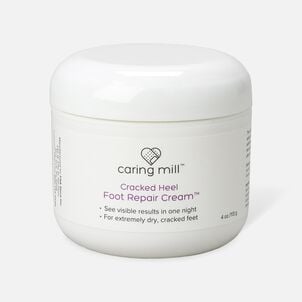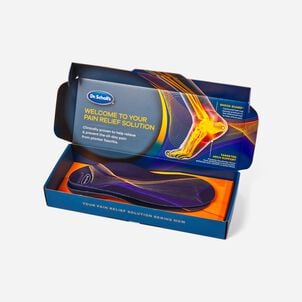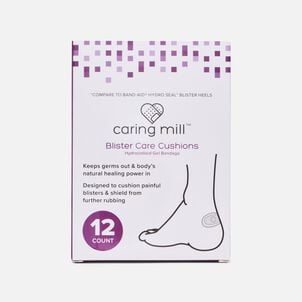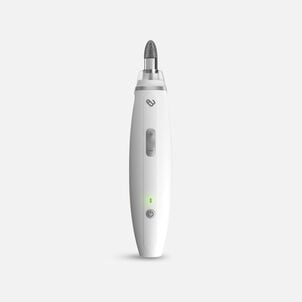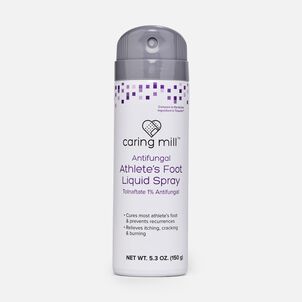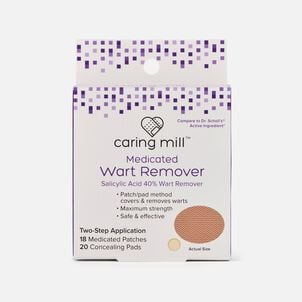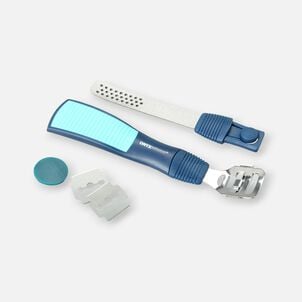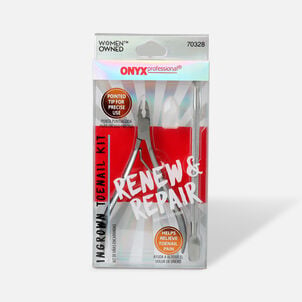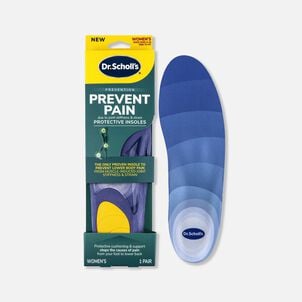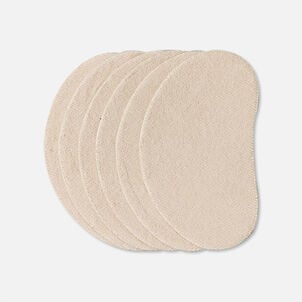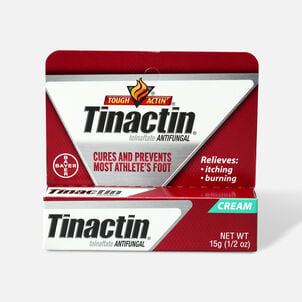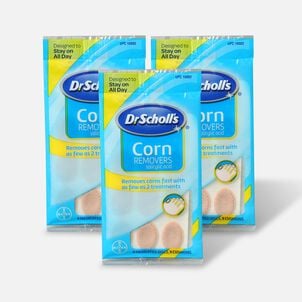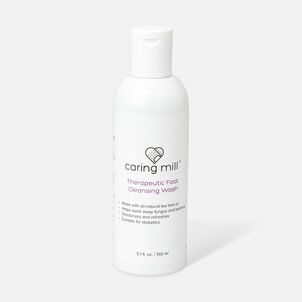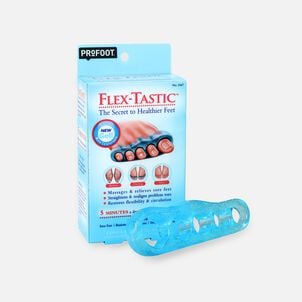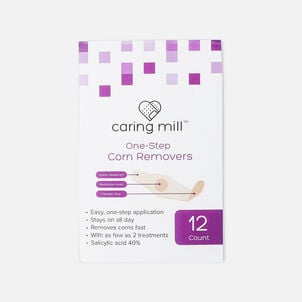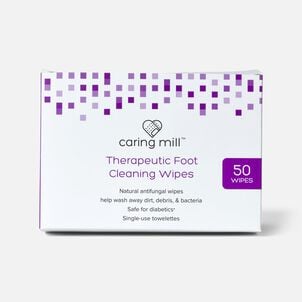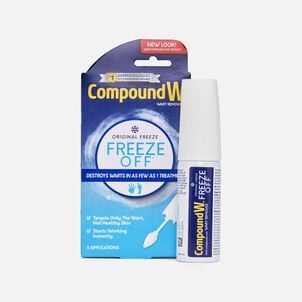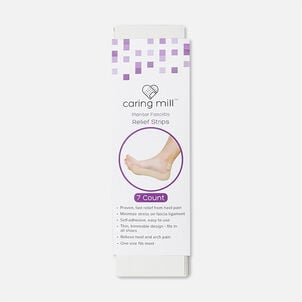The Complete HSA Eligibility List
Here it is — the most-comprehensive eligibility list available on the web. From A to Z, items and services deemed eligible for tax-free spending with your Flexible Spending Account (FSA), Health Savings Account (HSA), Health Reimbursement Arrangement (HRA) and more will be here, complete with details and requirements. Important Reminder: HSAs, FSAs, HRAs and other account types listed may not all be the same. Be sure to check with your administrator to confirm if something is eligible before making a purchase.
Here it is — the most-comprehensive eligibility list available on the web. From A to Z, items and services deemed eligible for tax-free spending with your Flexible Spending Account (FSA), Health Savings Account (HSA), Health Reimbursement Arrangement (HRA) and more will be here, complete with details and requirements. Important Reminder: FSAs, HRAs and other account types listed may not all be the same. Be sure to check with your administrator to confirm if something is eligible before making a purchase.
Arch Support: HSA Eligibility
Arch Support: eligible with a Health Savings Account (HSA)HSA Eligible Foot Care
Compare to active ingredient in Tinactin Athlete’s Foot Liquid Spray
Compare to Active Ingredient in Dr Scholl’s Medicated Wart Patches
Compare to active ingredient in Gold Bond Medicated Maximum Strength Foot Powder
No prescription required.
What are arch supports?
Arch supports are a type of shoe insert meant to provide additional foot support to individuals who were born with a foot profile that features high arches. These arch supports generally have a more bulbous look than other traditional shoe inserts, as they are meant to provide additional support to the foot's arch. Shoe inserts like arch supports refer to any kind of non-prescription foot support meant to be inserted into a shoe. A product that is prescribed by a doctor and manufactured for a specific foot shape, is referred to as a custom orthotic device (WebMD).
What are high arches?
High arches, also known as Cavus Foot, is a condition where the foot's central arch is much higher than normal. This shape has adverse effects on the heel and ball of the foot, which absorb far more weight than a flatter foot that would better distribute this weight. High arches are often caused by neurologic disorders or other conditions like cerebral palsy, spina bifida, polio, muscular dystrophy or a structural abnormality that comes from an individual's genetics. However, if high arches are caused by neurologic disorders or other medical conditions, these will progressively worsen, while those that do not will maintain the same pronation over time (American College of Foot and Ankle Surgeons).
The irregular shape of a foot with high arches can lead to various health issues, including pain when standing or walking, increased calluses on the ball and heel of the feet, hammertoes and other irregular toe positioning and an increased propensity to ankle sprains and muscle pulls from the unstable nature of the foot's shape.
How are high arches treated?
Arch supports are one of the most common non-surgical procedures used to provide stability and support for individuals with high arches. In addition, shoe modifications, custom orthotic devices and bracing to manage foot drop are all popular treatment methods that are eligible for reimbursement with a flexible spending account (FSA), health savings account (HSA) and health reimbursement arrangement (HRA).
Some individuals who suffer from continual foot pain and poor stability may turn to surgical methods to alleviate pain and correct the inherent weaknesses in the foot's structure. An orthopedic surgeon will determine what procedure is best suited to correct the issue, but if it stems from an underlying neurological or pre-existing condition that alters the shape of the foot, additional surgeries or treatments may be needed in the future.


